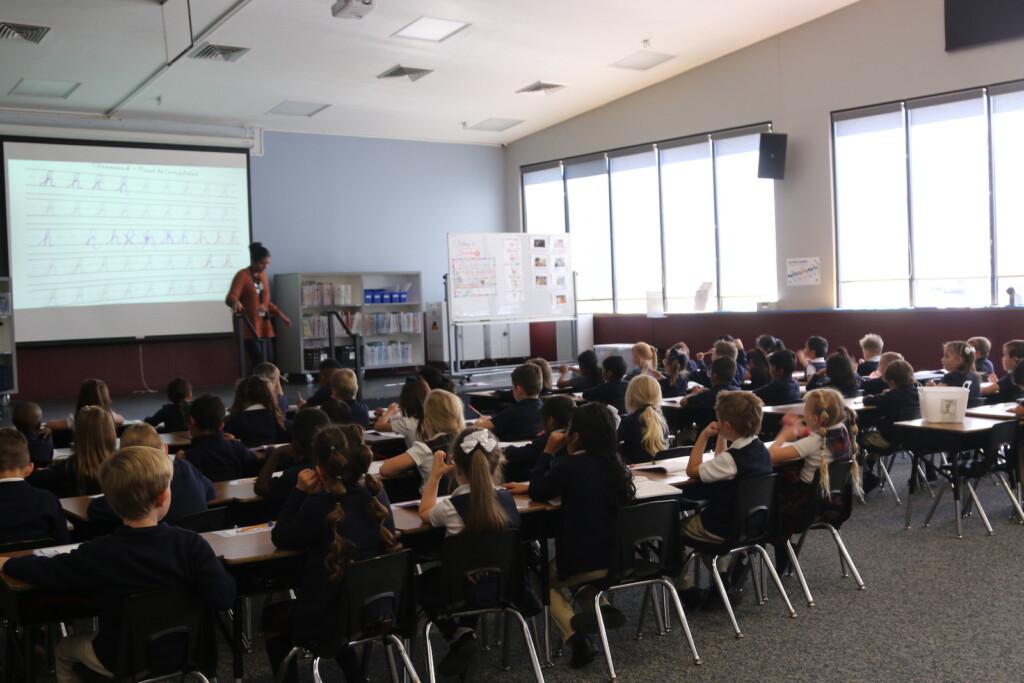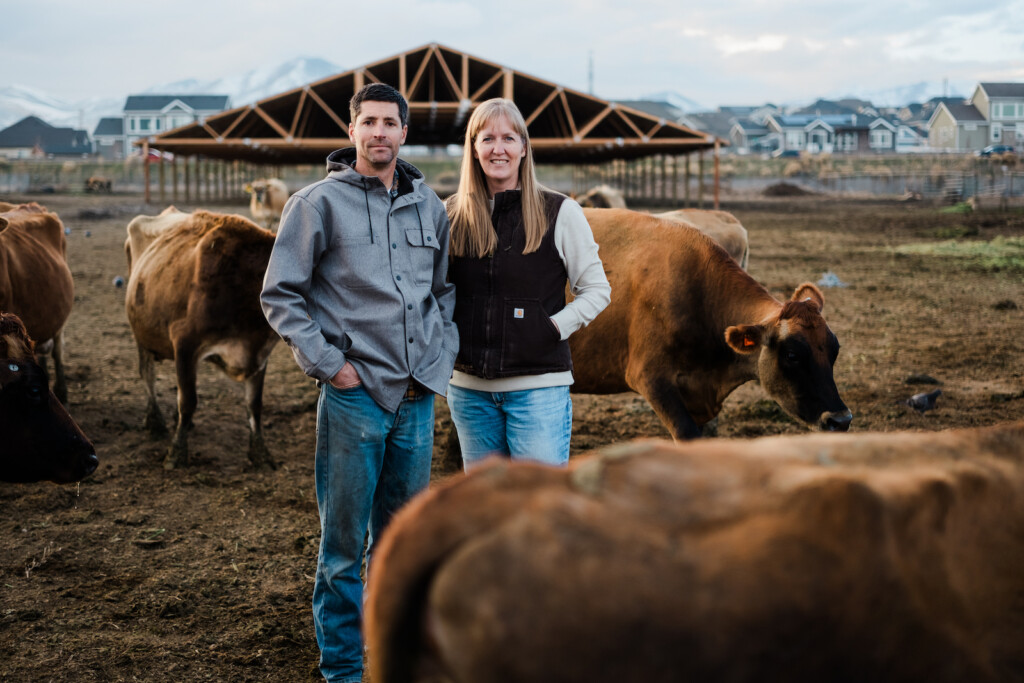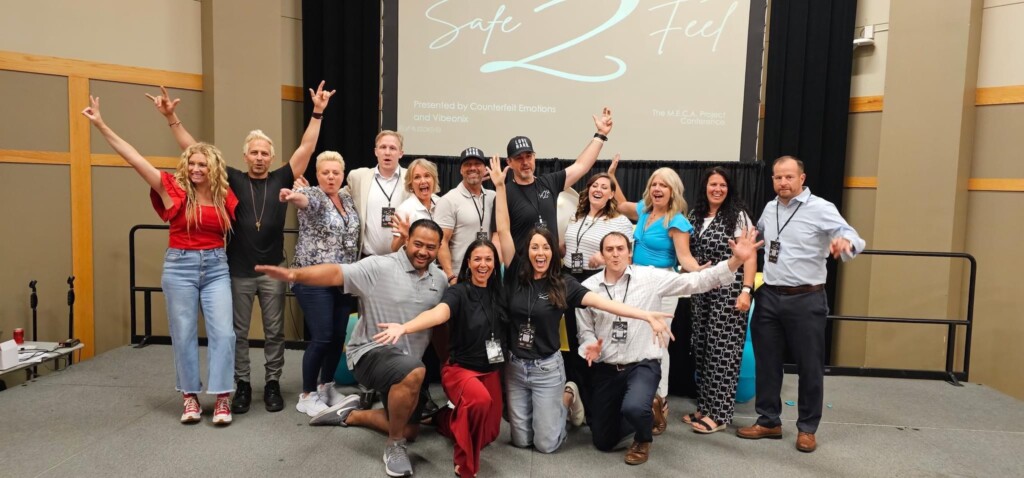Our daughter came home from school and announced, “It’s pajama day tomorrow!” I was dismayed. This came just a week after funny-hairdo day. The parties in her Kindergarten class are endless. Unlike her private preschool, my daughter had no hope of learning to read without my constant involvement. It was not like this when I was in Kindergarten.
I remember drilling and practicing in school ― we never had a “pajama day.” I had to explain to our kids why we don’t observe “pajama day.” We believe that having the opportunity to go to school requires respect, decorum and dignity. If pajamas were okay one day, why not every day? Teachers in public schools already have far too many disrespectful students. What lesson does pajama day teach them regarding respect?
Besides an absence of respect for the institution of academics, It feels like public schools have an ever-increasing number of “teacher work days, or teacher prep days, and three-day weekends extended to four-day weekends. School gets canceled due to a few inches of snow. While this might be nice for students and teachers, how do parents cope when they have full-time jobs and insufficient funds for child care?
Raising kids in family-centric Utah is likely much better than other places. But parenthood in the 21st century is very taxing. I don’t remember it being this hard for my parents. I remember walking to school ― both ways ― even on snowy days. Then I’d come home, toss my backpack into my room and say, “Bye Mom, see you at dinner!” I would play outside with friends from 3:30 till 5:30. Mom’s involvement consisted of making dinners. Scholastic involvement was grilling me on spelling lists and times tables.
Today our kids need us to walk them to school. My initial reaction: “Why? If you are big enough to go to school you can walk to school.” But then when I saw virtually no children walking alone besides my kids, I realized I was committing a terrible 21st century parenting faux pas. If you don’t walk your kids to school, you must drop them off in an SUV or van.
Another 21st-century parenting truism: all kids require direct supervision after school, because kids can’t play together unsupervised. According to whom? I don’t know. But kids rarely recreate without scheduled “playdates.” The term “playdate” feels like nails on a chalkboard to my GenX ears. Structured play has replaced romping, commandeering trees for battles in uncharted lands, or playing army against foreign invaders in mock warfare as we did when I was growing up. But playing is another story. This story is my rant over public schooling.
My biggest gripe is that it no longer seems that public schools have a collective goal to produce strong, independent, tough and resilient kids. Moreover, they are producing snowflakes who may be woefully inadequate for the workforce and the real world.
Public schools want to outsource more and more homework and discipline to parents. Apparently, timeouts or reprimanding children for misbehavior was banned long ago. Three minutes of timeout in 21st century schooling is tantamount to child abuse!
I’ve concluded that the absence of discipline is not the teacher’s nor the principal’s fault. It’s not really even the top administrators’ fault. I learned that this is the fault of “helicopter parents.” There are parents who threaten administrators with their wrath and retribution and/or potential legal action for even the most basic of disciplinary measures. Discipline in the classroom might cause children to have PTSD along with their ADD, ADHD and ODD, requiring medication for an alphabet soup of disorders.
This is sad. I’ve encountered some wonderful teachers who truly love the children they teach. The amount of national compliance that teachers are required to follow is stifling and it’s choking public schools like a strong vine on a once-healthy tree. This is resulting in parents politely pulling their kids from public schools and seeking other alternatives.
Adapting Schools for the 21st Century
In the last legislative session, HB215 was passed, giving parents up to $8,000 credit per child if they wish to send their children to private schools. This will certainly provide an uptick in enrollment for Utah’s 35 largest private schools. Meanwhile, public schools in both Granite and Salt Lake School Districts are closing due to unprecedented enrollment declines.
As most Utahns are aware, Salt Lake City is far more liberal than the rest of the State of Utah. But whether democrat or republican, religious or secular, more parents than ever along the Wasatch Front are choosing to send their kids to private and charter schools, and it turns out that this is a nationwide phenomenon.
According to the National Center for Education Statistics from the fall of 2019 to the fall of 2020, overall public school enrollment dropped by more than one million students nationally. By 2023, public school enrollment was 2.3% below pre-pandemic levels.
Parents are pulling their kids out of public schools because they believe charter schools and private schools are offering a superior product. Charter schools in Utah now educate nearly 12% of K-12 students. Why are some Utah charter schools succeeding, especially for low-income families in ways that public schools can’t?
More than 78,700 of the state’s 674,650 public school students are enrolled in charter schools, and six charter schools now rank as the top schools in the state.
Will Charter Schools Destroy Public Schools in Utah?
Charter schools and public schools receive their funding on a per-pupil enrollment basis. Certainly the growth of charter schools is having an impact on public school closures. But demographic shifts have had a more significant impact on school closures.
Back in the 1990s, Granite School District was the largest district in the State of Utah. They hosted the education of 78,000 students. Today, they have leveled off at just 55,000 students. Currently, Granite School District is rebuilding Skyline High School. East side schools have suffered the greatest enrollment declines. Skyline once had an enrollment of more than 4,000 students. Today, the school’s enrollment hovers around just over 2,000 students.
Skyline is currently rebuilding its campus “to meet the needs of the 21st century.” The academic department now pales in comparison to the performing arts and athletic complexes and grounds. The result will be a large campus with a lot of “flex space” for learning and plenty of grounds for sports and performing arts.
Skyline also offers excellence in academics, far surpassing the national average ACT scores and awards for scholarship funds to graduating seniors. But most parents in Utah will not be able to bus their kids to the new and improved Skyline. Due to housing affordability, more school age kids now live in Herriman, Vineyard and Saratoga Springs than in Millcreek.
This year, Twin Peaks, Spring Lane, and Millcreek elementary all closed their doors for good with students being transferred to Oakwood Elementary. The Salt Lake City School District will need to close four more schools in the next year. The schools most likely to close include Bennion and Hawthorne on the east side, and Mary W. Jackson and Riley on the west. The birth rate has plummeted by 22% in Utah in the past decade.
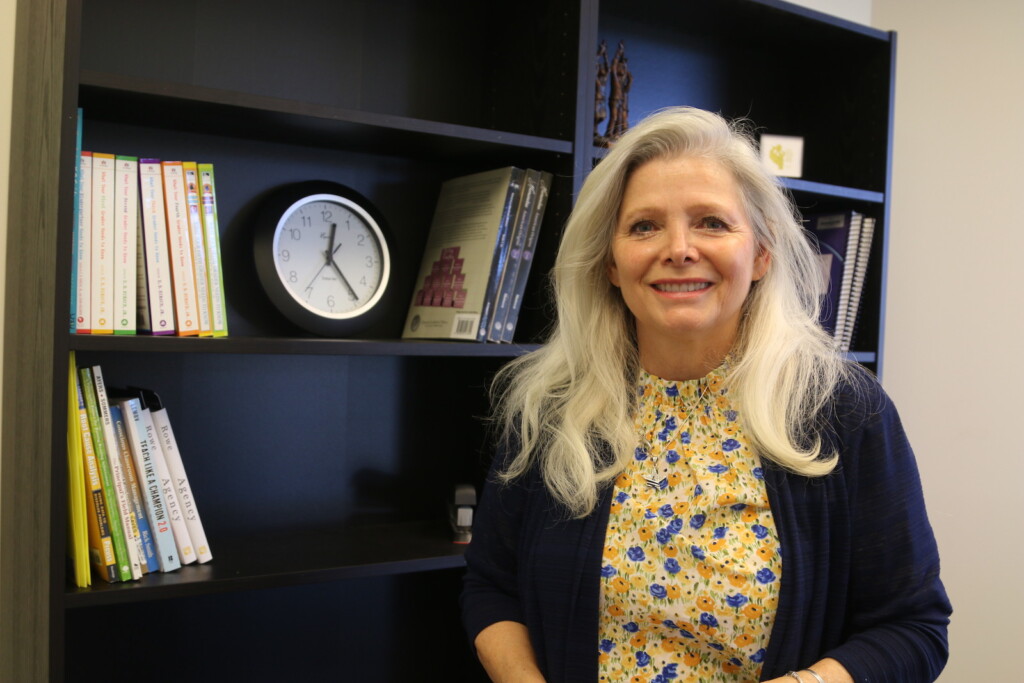
Some Lessons From the Most Successful Charter School in Utah
But demographic shifts are not the whole story. A growing number of parents are embracing charter schools. The largest and most successful charter school in the state is American Preparatory Academy, which now offers seven campuses along the Wasatch Front, including four campuses in Draper, two in West Valley, and another in Salem. What is the appeal?
Why is this model attracting so many parents and students? In a word: discipline. And a focus on academic excellence and a classical liberal arts education.
Unlike the way that Utah’s east-bench public schools are moving, with an even greater emphasis on performing arts and athletics, American Preparatory Academy focuses on music education, history, science, math and drilling the fundamentals skills. They also cater to the greater needs of parents offering excellent after-school programs such as band and theater that can keep kids occupied closer to the times when parents come home from work. This saves parents money on after-school childcare. But going even deeper, what I learned after spending an hour with the founder, is what they are really doing is indoctrinating children. Carolyn Sharette is one of the founders and the Executive Director of American Preparatory Academy. She explains it this way:
“I’m hoping to indoctrinate using truth and data. That Marxism and Socialism and Communism are bad and the free market is good. And we are unequivocal about that. Yes, we are indoctrinating them to the fact that we don’t understand how our Constitutional form of Republic through this free-market has created opportunity for the entire world. And we show these trendlines. And if we don’t show them and teach them that, how will we preserve it? Why would they want to? That’s what college kids are doing.”
Sharette adds that, “We need to bring people around to these universal truths of humanity.”
American Prep was launched in 2002 under Sharette with just a few students. RIght from the start, AmPrep offered a very distinct mission: to use data and educational science to produce better outcomes in reading in math and clear behavioral guidelines to reduce chaos in the classroom. Today, after twenty years, American Prep’s enrollment has gone gangbusters. They now have seven campuses and 5,000 students.
Sharette explains that “parents love our schools because we are very specific about what we want for kids, and our priority is unabashedly to focus on what is best for kids. And what is best for kids is not what is always easiest for adults.” Sharette says AmPrep places an additional workload on both parents and students, but the outcomes speak for themselves.
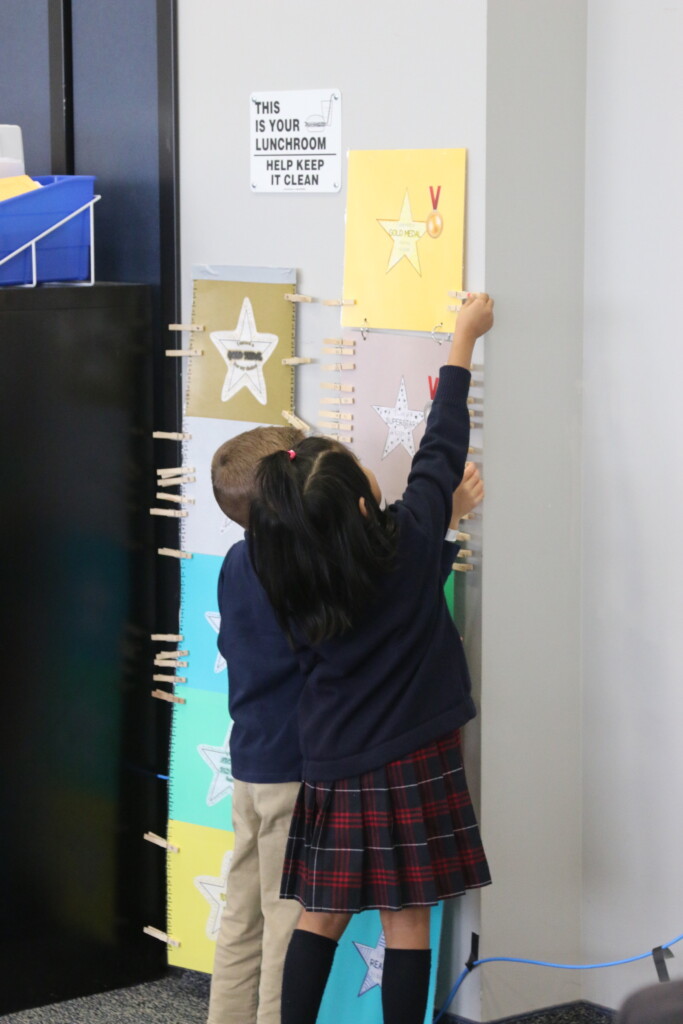
American Preparatory Academy Origin Story
The concepts of AmPrep all started when Sharette struggled a few decades ago when her children were attending a public school in Colorado. Sharette believed there must be a better way to teach “core knowledge.” After conducting research, she found Reading Mastery, which focuses on breaking down the skill of reading into 45 different levels.
Sharette explains further that the curriculum is highly focused on stories that offer characters that assist children in understanding ethical and moral life lessons, as well as history. For example,fifth graders read The Secret Garden which takes place in India. The teacher can pose the question: “Why were they living in India?” They can then touch on how the British Empire colonized India, and examine civilization in the early 20th century.
Behavior/ Culture / Classroom Attention
As employers, we have found that attitude and behavior often determine a potential new hire’s success more than academic achievement. American Prep implements a program called “self mastery.” Teachers are never allowed to correct a kid’s behavior by yelling at them. “Teachers never yell,” says Sharette. “We use our feet not our voice.” Teachers aren’t even allowed to tell the students to be quiet. Teacher’s simply ask, “What’s our conversation?” Then she adds, “Teachers are never allowed to communicate the false idea that they are going to control their behavior by yelling at you and that happens everywhere in public school … because it is a lie you cannot control someone else’s behavior. That is an absolute lie.”
Again, Sharette says, the key is that there is no wiggle room out of it. “You won’t believe how fast kids adjust to this environment because it is so clean mentally and clear.”
The point of this program is to use peer-pressure and extremely clear behavioral expectations to produce a learning environment that has “no wiggle room.” Kids can be loud or quiet. Movement in classrooms has always been a challenge, especially for young kids. Lots of movement is built into AMPrep’s style.
“By the second week of class, even our first graders know exactly what to do in the 17 transitions they have per day,” says Sharette. By getting up and moving a lot, kids remain more focused. Sounds very interesting. They let me witness a class in action.
District Academic Director Jennifer Walstad, takes me on a tour where I witness a first grade class in session. All students are in uniform. They are practicing reading. Their speed and clarity of pronunciation is impressive. After a student reads a sentence correctly, she leaps out of her chair to the back of the room. She squeezes her individual clothes pin and raises it up an inch. One step closer to her achievement goal. This might be more effective than a Ritalin prescription.
Walstad tells me that they use a builder theme to teach virtues. Kids build themselves, then their communities, nation and world. The school rotates through 12 virtues they work to emphasize, including encouragement, persistence, etc. However, these aren’t “participation awards.” They make a strict practice to never award praise when praise is not due. Children must earn all of their awards authentically. “We think it is very important to be very direct and honest with kids concerning their achievements,” says Walstad.
Visiting the West Valley Campus, I notice that most students are dark-skinned ethnic minorities. From the way these classrooms appear, it seems clear that they are indeed preparing the next generation of a strong workforce for Utah businesses. They are building the human capital, the most valuable asset that Utah has to offer.
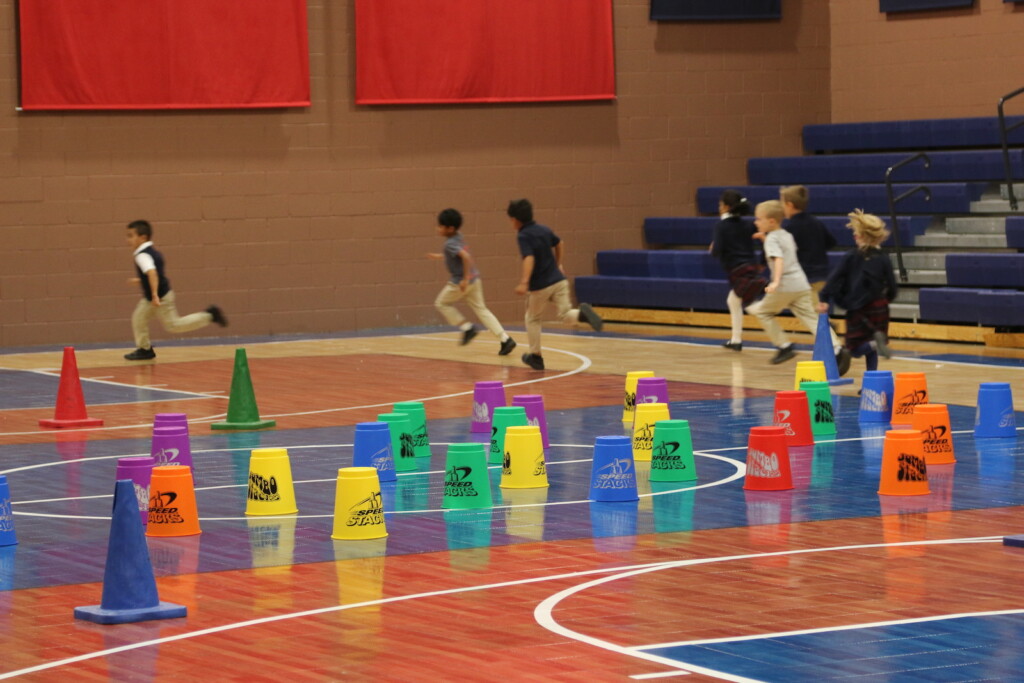
Why Immigrants love American Preparatory Academy
Sharette explains that they have many first-generation immigrants and minorities are enrolling at American Prep, “Because this is what immigrants want their kids to learn: skills that are going to help them to succeed.”
I ask if they have any type of Diversity, Equity and Inclusion curriculum. Sharette says, “That would be the ultimate cultural appropriation to assume that we can effectively teach about other cultures.” Then she adds, “There are all sorts of cultural norms that go along with behaviors, but we teach about American culture.”
The two holidays they make the most out of are Veterans and Memorial Days. These days, the students honor veterans by listening to them speak. They learn about slavery by reenacting some of the battles. They learn that those in the military preserve our freedoms by fighting against tyranny when those powers have clearly jeopardized America, such as the bombing of Pearl Harbor and the 9/11 attacks.
It’s clear that AmPrep has conservative-leaning values. But they are attracting a huge diversity of students who have parents who clearly want them to learn and succeed. American Preparatory Academy has the feel of a free private school. While “indoctrination” of values and principles is part of what they do, it seems that nobody could argue that children being taught the difference between truth and fiction is a good ideal. Teaching children why the United States attracts the best and brightest in the world is a good thing. Teaching skills, rigorous learning and hard work so kids can keep jobs is a great thing.
Other private schools in Utah have also seen enrollment increases since Covid. Juan Diego (763 students) and Judge Memorial Catholic (538 students) Schools also offer academic rigorous curriculum that prepares students for higher education. At the highest end there is Waterford (912 students), which cost parents a whopping $24K per year, and Wasatch Academy (300 students), which is also upper echelon in both price and academic rigor.
It seems with the imminent public school closures, the declining Utah birth rate, the excessive housing prices, and excessive costs now involved in raising children, that parents and children of the 21st century will have huge challenges. Will public schools survive, adapt and adopt learning methods that lead to strong minds and work ethics? Or will public schools in wealthy areas thrive while those in poorer areas decline? These are the challenges for our State and local leaders to contemplate. Hopefully they have the humility to adopt some of the best practices that are working for charter schools.
Feature Image: American Preparatory Academy first grade students in class.
All images courtesy of American Preparatory Academy.

